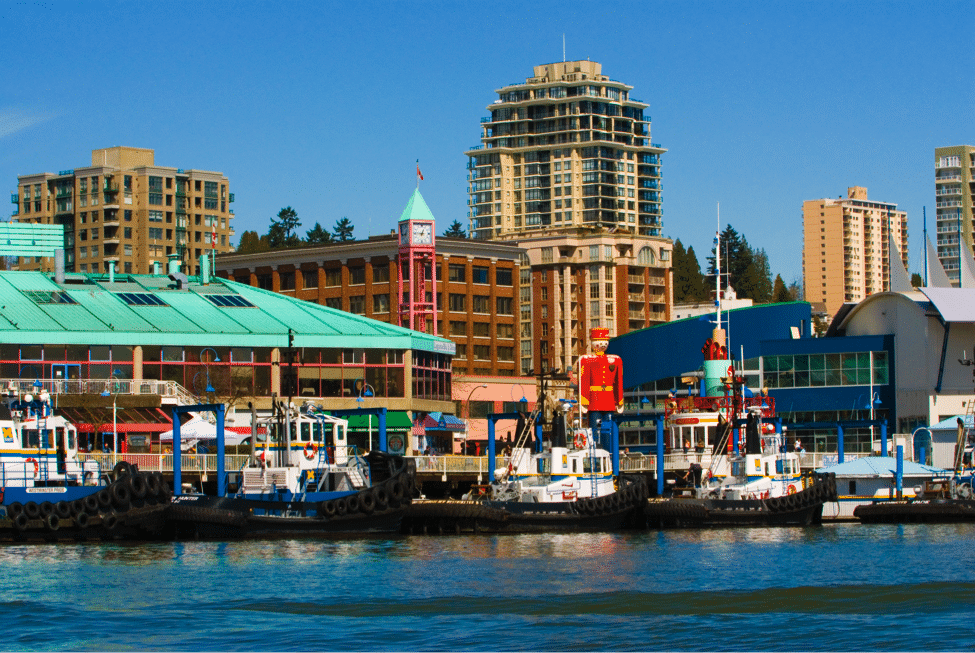New Westminster, a community of 70,000 in Metro Vancouver, is a leader in social justice and equity. In 2011, they became the first city in Canada to adopt a living wage policy. In 2016, they formally adopted a Community Poverty Reduction Strategy, and over the next few years, as part of their Envision 2032 process, they will work towards creating a social equity policy.
Social equity is an emerging concept, and one that has rapidly taken hold in government, health, and social policy realms. So, what is it? The answer might seem obvious: it’s some combination of equality, diversity, and inclusion.
It isn’t. Well, not exactly.
A great article from the Stanford Social Innovation Review defines those three concepts:
Equality – Despite need, community members have the same amount.
Diversity – numerical representation of diverse peoples [in government, business, etc].
Inclusion – Similar to diversity, inclusion means to be included, but involves subjective measures like sense of belonging and authentic participation.
In an equitable community, not everyone gets the same amount, because individuals and groups do not need the same amount of help.

The Stanford Social Innovation Review states that social equity describes something more complex: “it is about each of us getting what we need to survive or succeed—access to opportunity, networks, resources, and supports—based on where we are and where we want to go.” In an equitable community, not everyone gets the same amount, because individuals and groups do not need the same amount of help.
From a health perspective, equity would mean no disparity in health outcomes between more and less advantaged social groups. Achieving this requires the application of an equity lens to the social determinants of health. Social determinants of health are the interacting and intersecting non-medical factors impacting health, including income and social status, support networks, education, employment and working conditions, social environments, physical environment, health services, gender and culture.
New Westminster is a great example of how the application of an equity lens can improve these social determinants of health. As part of their efforts to address inequity for women and children leaving situations of domestic violence, they partnered with a local non-profit, Women in Need Gaining Strength, to create a five-unit affordable housing project. These units, designed for single mothers and their children, allowed these families to start new lives after domestic violence, addressing an inequity in society and providing these women and their children a safe and healthy environment. For single mothers, an often-disadvantaged social group, the opportunity to live in safe, affordable housing improves both physical and psychological health.
This housing project was only one example of how New Westminster’s new social equity policy could improve the community’s health. John Stark, Acting Manager of Planning currently developing the policy for New Westminster, says that social equity is a crucial component to consider in developing cities that work for all.
“Equity and inclusion are fundamental to sustainable cities, where people have the right to participate fully in social, economic, political and cultural life,” said Stark.
The ultimate goal for New Westminster is a city without systemic barriers. Stark noted that when a city does not address an issue, it often grows, becoming more difficult to resolve and resulting in a higher social and economic cost of finding a solution.
The City’s upcoming social equity policy will endorse good practices in the design, implementation and evaluation of City policies, facilities, infrastructure, programs and services, and support initiatives that reduce barriers and discrimination. The new policy will focus on the following areas:
- Leadership and accountability (a demonstrated commitment to building equity and inclusion);
- Human resources policies and practices;
- Employee engagement, education and training;
- Hiring and procurement practices;
- Social and community services (including facilities, infrastructure and programs); and
- Resident and community engagement.
As the municipality works through the development and finalization of this policy, a glance through municipal documents reveals many promising directions:
- In the 2018 City Partnership Grant Program document, the first objective of any not-for-profit that wants to apply is “the service must help promote community livability and social equity.”
- The February 2016 Child and Youth Friendly Community Strategy document makes it a goal to “ensure that the City’s Social Equity Policy represents the needs of children, youth and families.” The report further notes that this could be done by auditing municipal spaces to determine equitable access to all age groups.
- The 2016 Annual Report summarizes a variety of projects with the social equity tag:
- Updates to nearly every bus stop in the city to make them accessible to people with disabilities.
- Affordable housing projects in partnership with Women in Need Gaining Strength
- A $4.7M renovation to the library.
- A new public engagement strategy.
- A design for a new animal shelter.
- A Renovictions Action Plan to inform tenants of their rights.
How Can Other Communities Incorporate Equity?
Local governments interested in learning more about equity and how they can incorporate an equity lens into work should check out the following resources:
- Advancing Equity & Inclusion: A Guide for Municipalities (City of Ottawa & City for All Women Initiative)
- Equity & Inclusion Lens Handbook (City of Ottawa & City for All Women Initiative)
- Health Equity Guide. A Human Impact Partners Project.
- Health Equity and Community Design: What is the Canadian Evidence Saying? (Planning Healthy Communities Fact Sheet Series)
SOURCES





